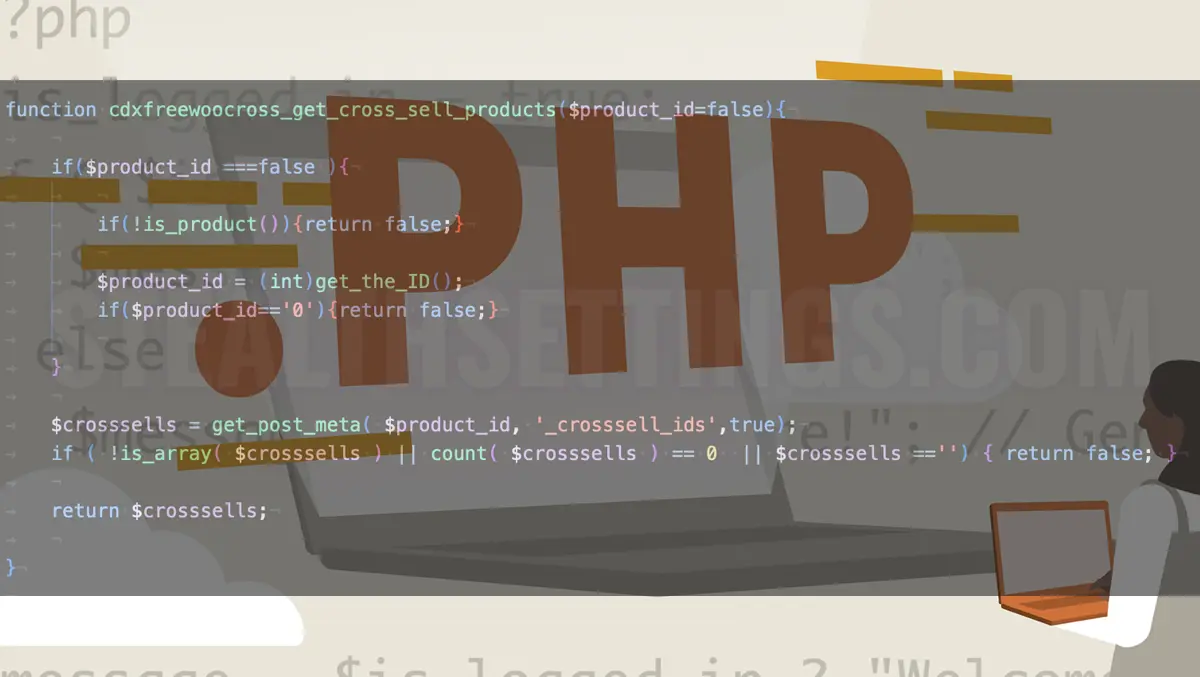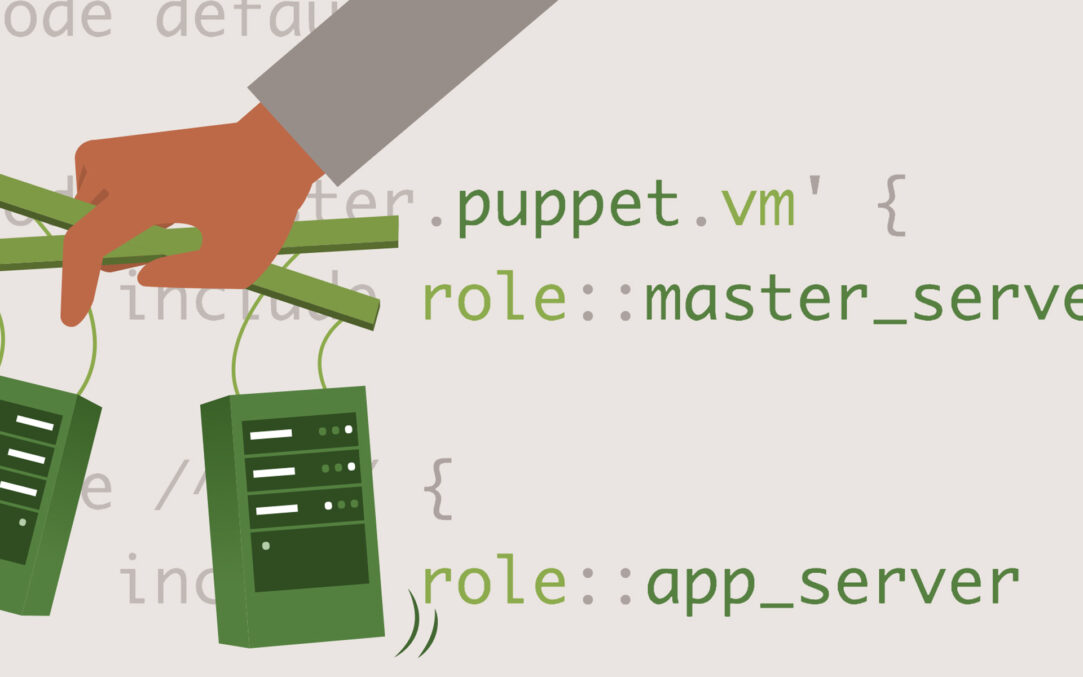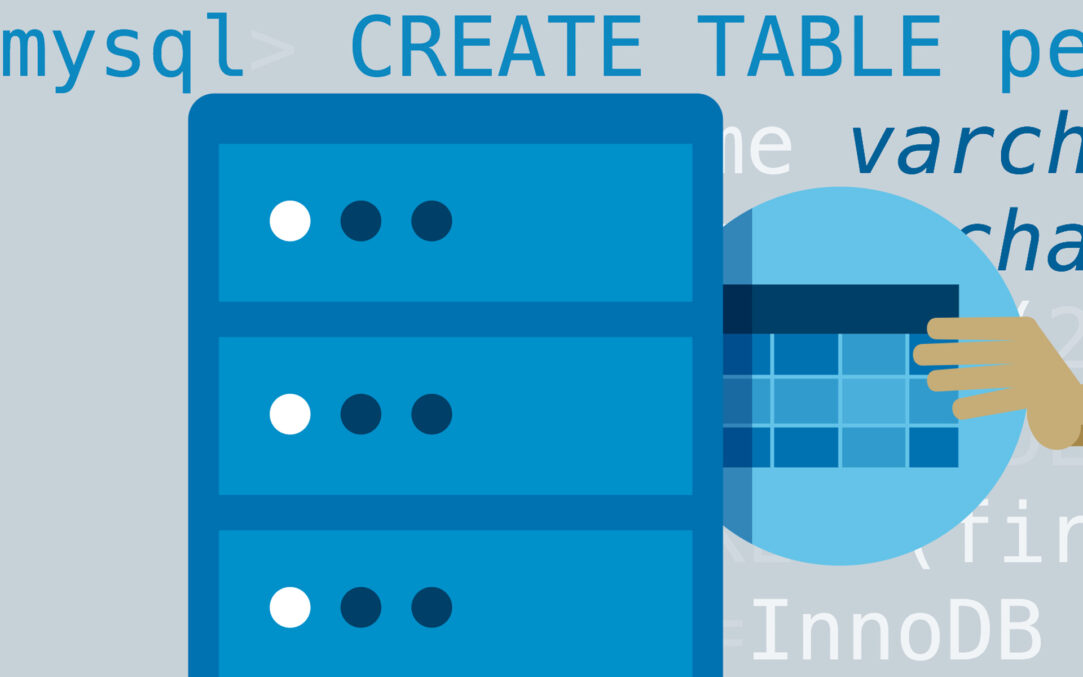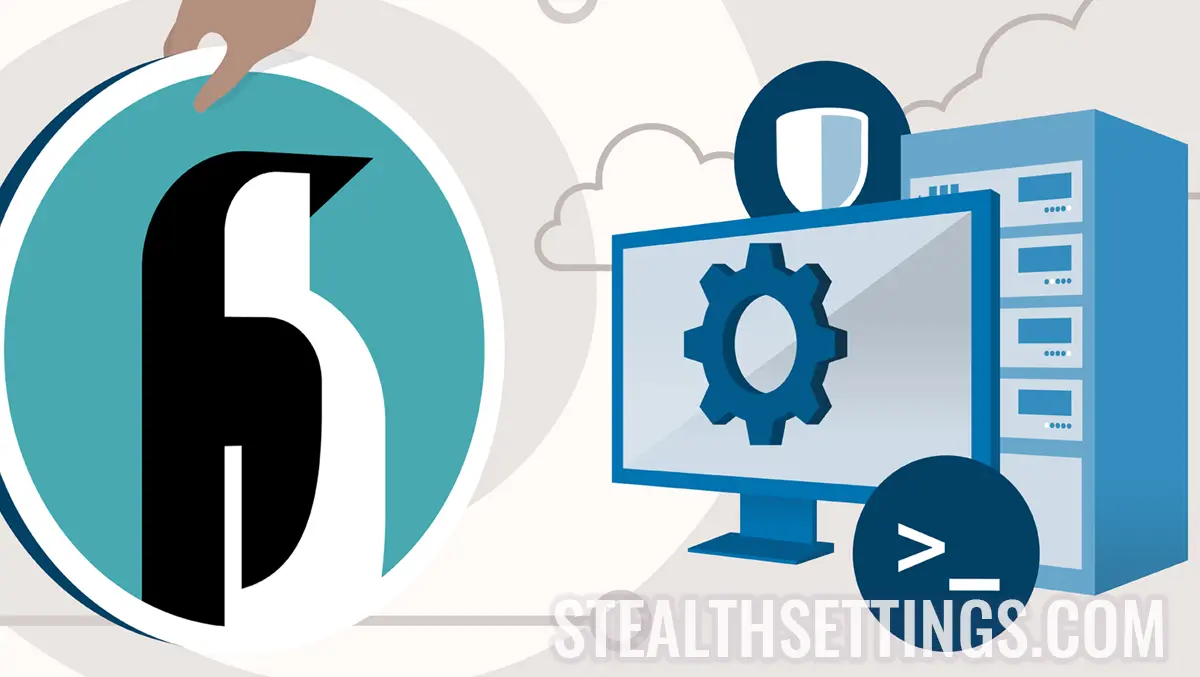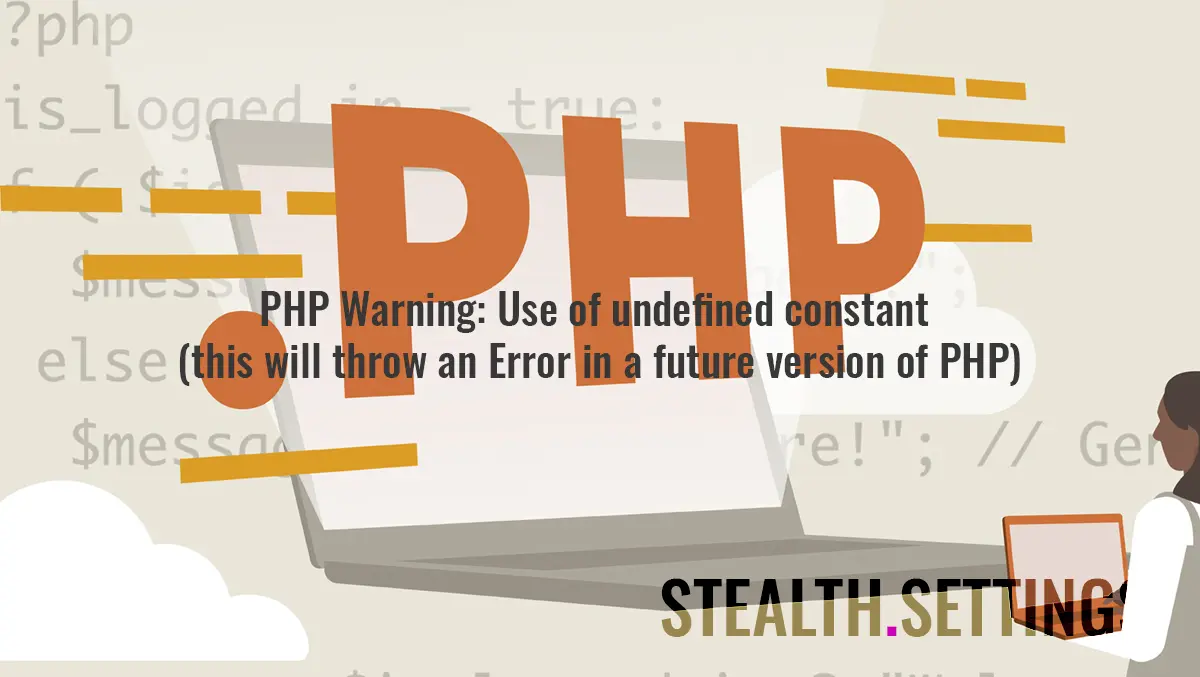Upgrade PHP 5.1.x la PHP 5.3 pe CentOS 5.6
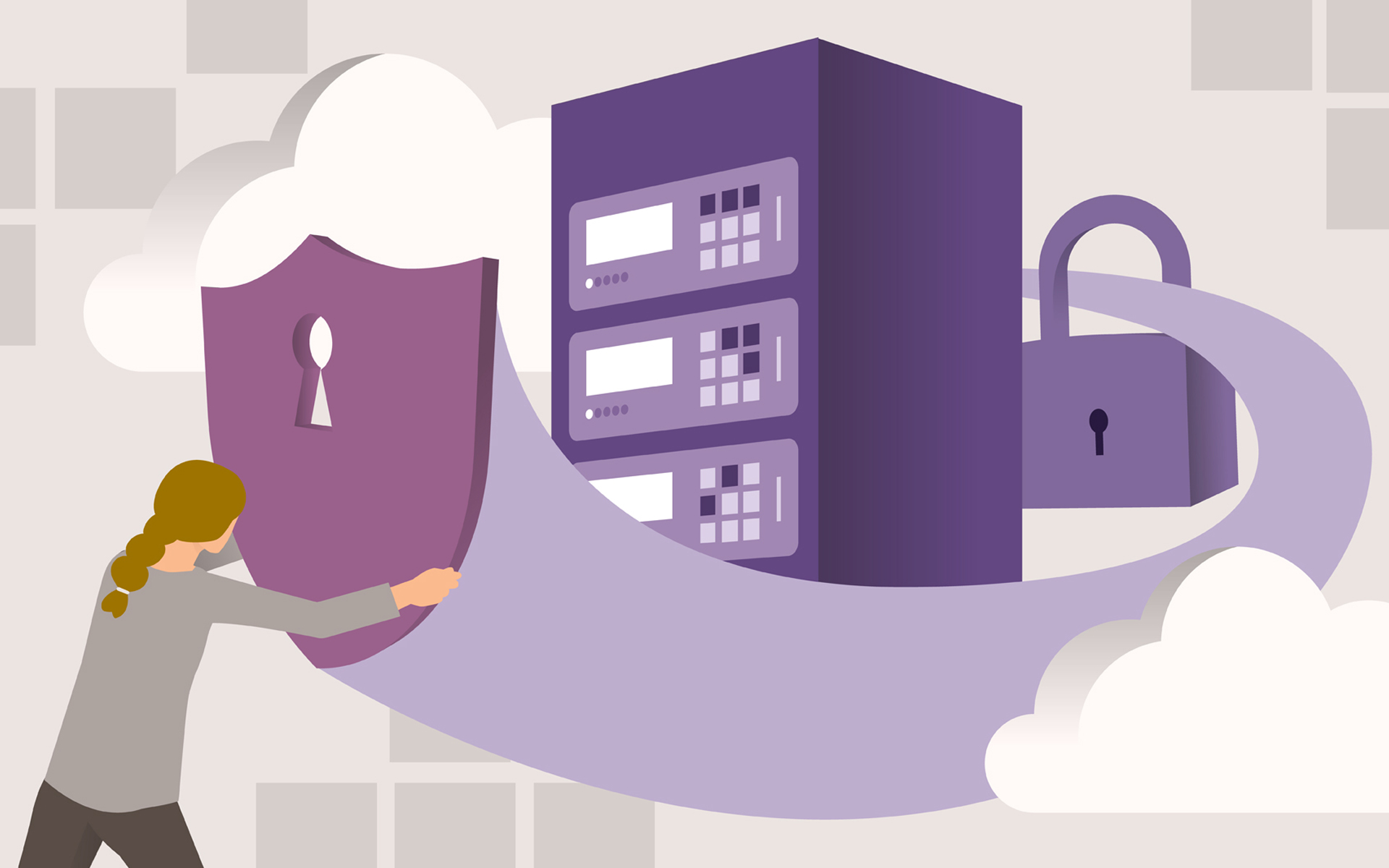
Most CMSto the, including WordPress, have the minimum requirement of installation a newer version of PHP 5.1.x pe web server. In the tutorial below we will show you some simple steps through which you can do Upgrade from PHP 5.1.X version to PHP 5.3 pe Linux Centos 5.6.
1. First of all we have to stop Apache Web Server. (HTTPD service)
service httpd stop2. We delete PHP packages 5.1.x installed on the server.
yum remove php php-*3. After we receive confirmation that PHP packages have deleted from the server, we move on to the packages PHP 5.3.
yum install php53.i386
yum install php53-bcmath.i386
yum install php53-cli.i386
yum install php53-common.i386
yum install php53-dba.i386
yum install php53-devel.i386
yum install php53-gd.i386
yum install php53-imap.i386
yum install php53-intl.i386
yum install php53-ldap.i386
yum install php53-mbstring.i386
yum install php53-mysql.i386
yum install php53-odbc.i386
yum install php53-pdo.i386
yum install php53-pgsql.i386
yum install php53-process.i386
yum install php53-pspell.i386
yum install php53-snmp.i386
yum install php53-soap.i386
yum install php53-xml.i386
yum install php53-xmlrpc.i386Or even simply, the installation of all PHP53*packages.
yum install php53*4. Start Apache Web Server
service httpd startpackages php53-pear, php53-mcrypt, php53-mhash, php53-pdo, php53-pecl-apc and php53-pecl-memcache are not available for Centos 5.6.
Finally check that the PHP5.3 version has been successfully installed. Create a .php file (info.php eg) in which you have:
<?php
phpinfo();
phpinfo(INFO_MODULES);
?>Urcati fisierul pe serveri si accesati adresa lui cu Firefox, Internet Explorer, Chrome or any other web browser. The result should be:

You can see which version of PHP is installed on the server and with the command line: PHP -V or with “yum list installed | grep php” (will show all PHP packages installed).
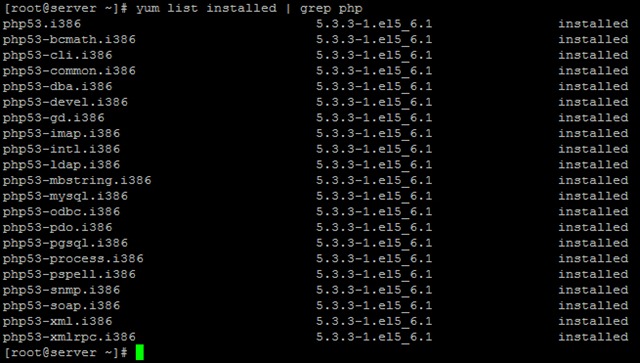
Stealth Settings – Upgrade / Install PHP 5.3 pe CentOS 5.6.
Upgrade PHP 5.1.x la PHP 5.3 pe CentOS 5.6
What’s New
About Stealth L.P.
Founder and editor Stealth Settings, din 2006 pana in prezent. Experienta pe sistemele de operare Linux (in special CentOS), Mac OS X , Windows XP > Windows 10 si WordPress (CMS).
View all posts by Stealth L.P.
